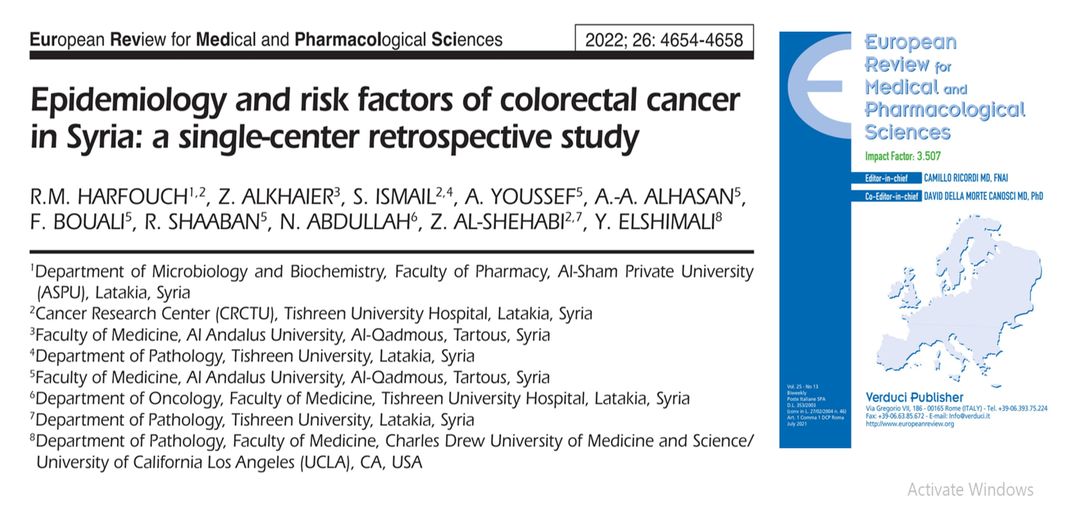Clinicopathological features of idiopathic granulomatous mastitis

Granulomatous Mastitis (GM) is a rare benign breast lesion that represents a wide spectrum of entities [1,2]. It is totally essential to distinguish between two main types of GM, the specific (secondary) granulomatous mastitis which occurs as a result of a well-defined cause, and the idiopathic granulomatous mastitis (IGM) which mainly affects women in childbearing age with an incidence between 0.44 and 1.6% of total breast biopsy specimens [[3], [4], [5]]. Since it was first reported in 1972 by Kessler and Wollock, IGM poses a diagnostic and therapeutic challenge [1]. IGM shows various manifestations that may mimic breast carcinomas [1,2,6]. Mostly, IGM presents with a unilateral palpable breast lump that can cause later skin alterations with or without lymphadenopathy [1,2,6]. However, some cases of bilateral lumps were reported [2]. The diagnosis of IGM is established by ruling out other infectious, malignant, and auto-immune pathogenesis. Moreover, No radiological techniques can confirm the diagnosis, besides the real benefit of laboratory tests is only to exclude other differential diagnoses [7]. Hence, the histopathological study is considered the cornerstone in confirming diagnosis and determining the optimal management that should be administered [7]. With the absence of a definite treatment algorithm, management of IGM varies from conservative treatment including observation, antibiotics, steroids and methotrexate to surgery [4,8]. This study was designed to review the clinical presentation and pathological findings of this clinical entity in a series of 17 cases diagnosed in our hospital and to discuss relevant cases published in the literature.



